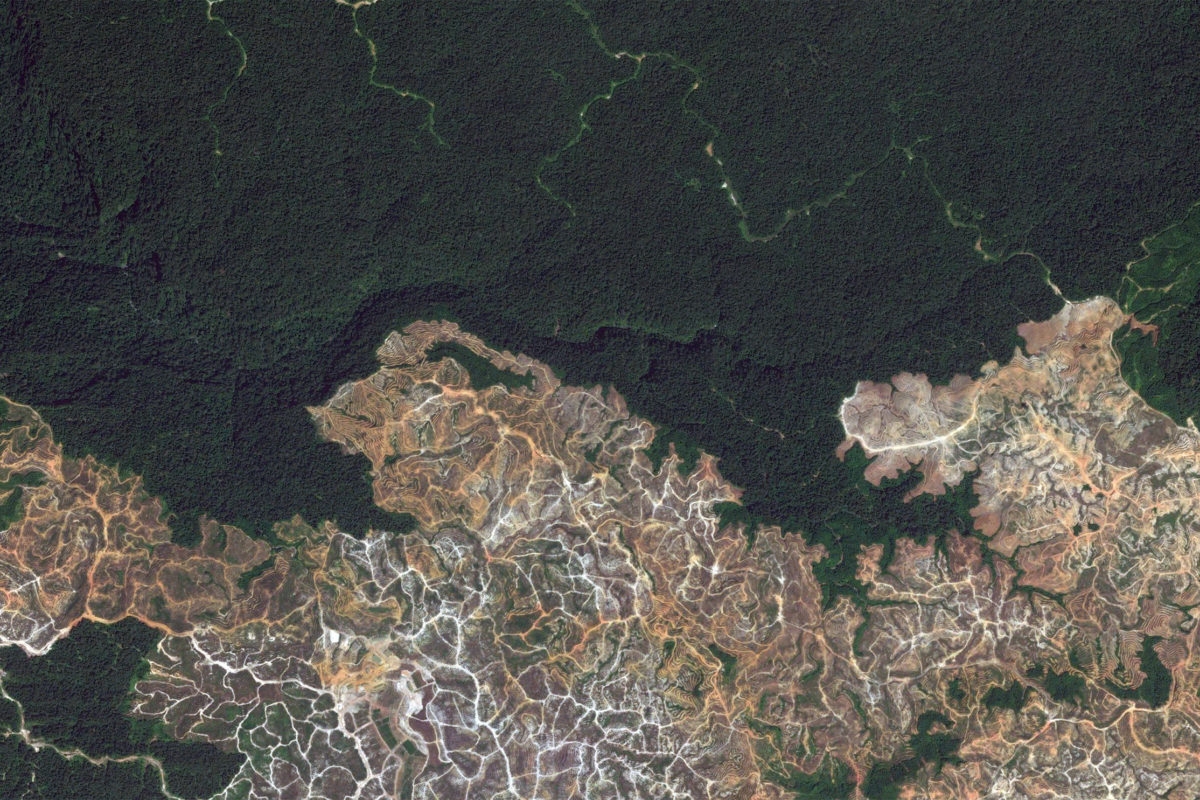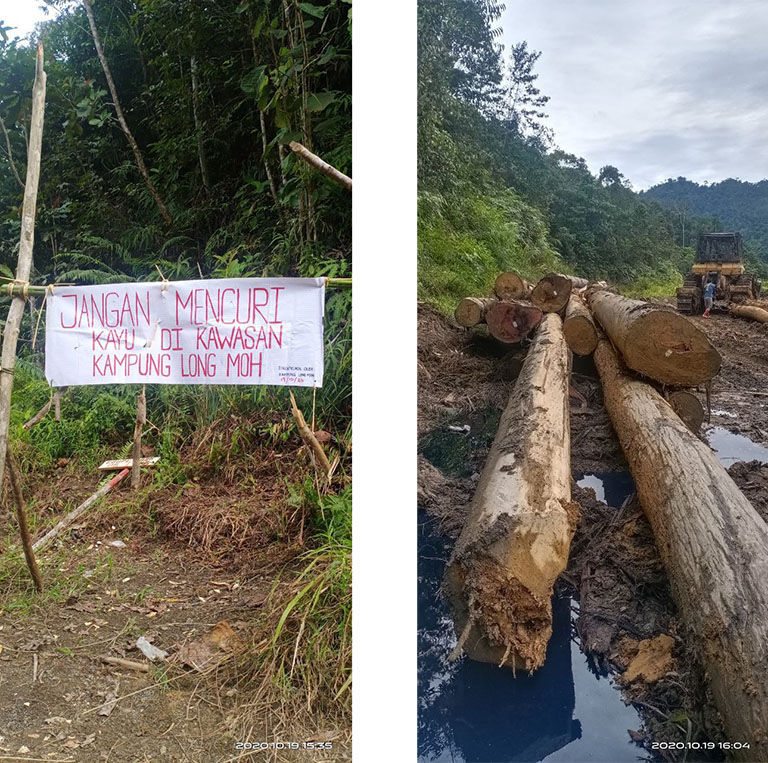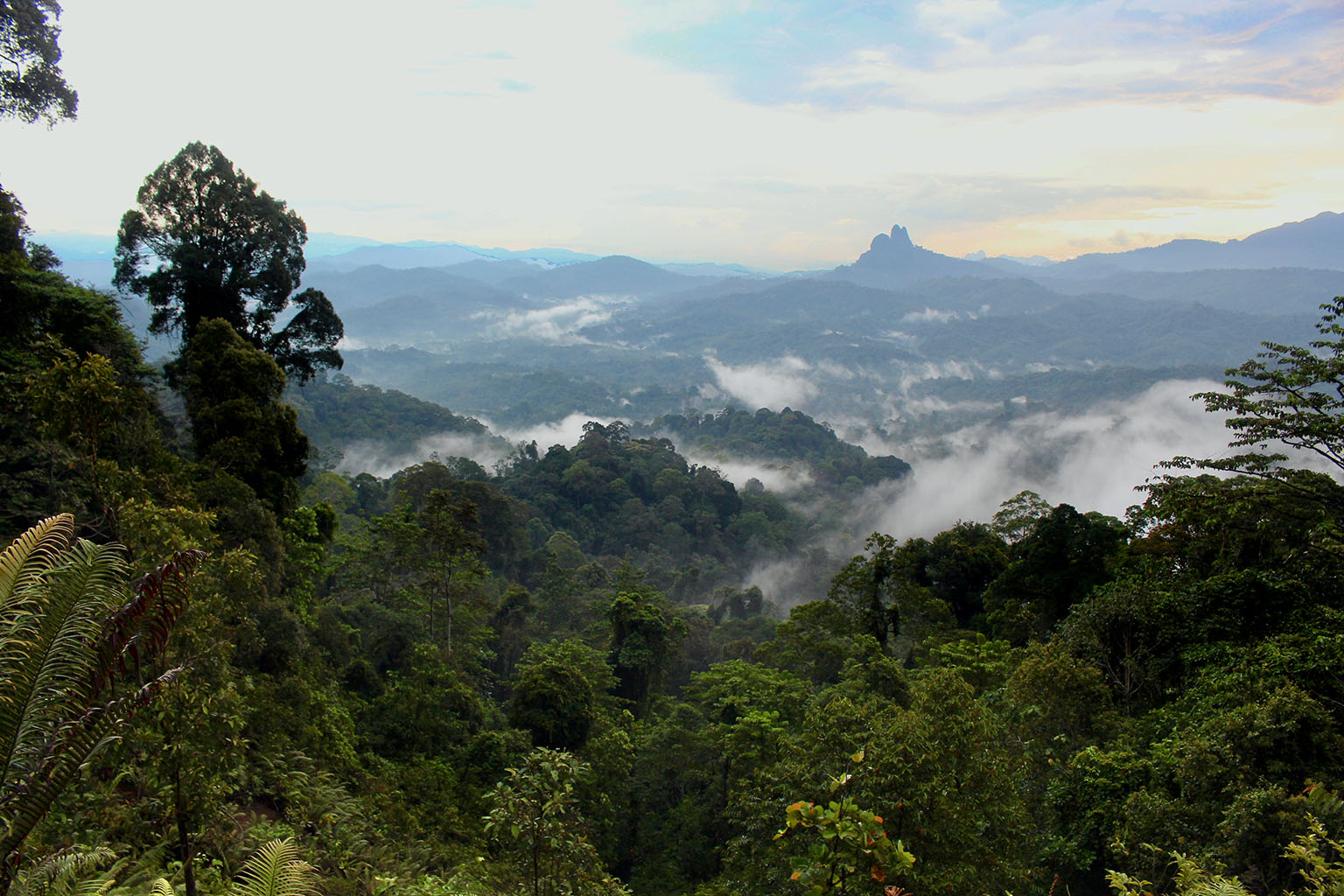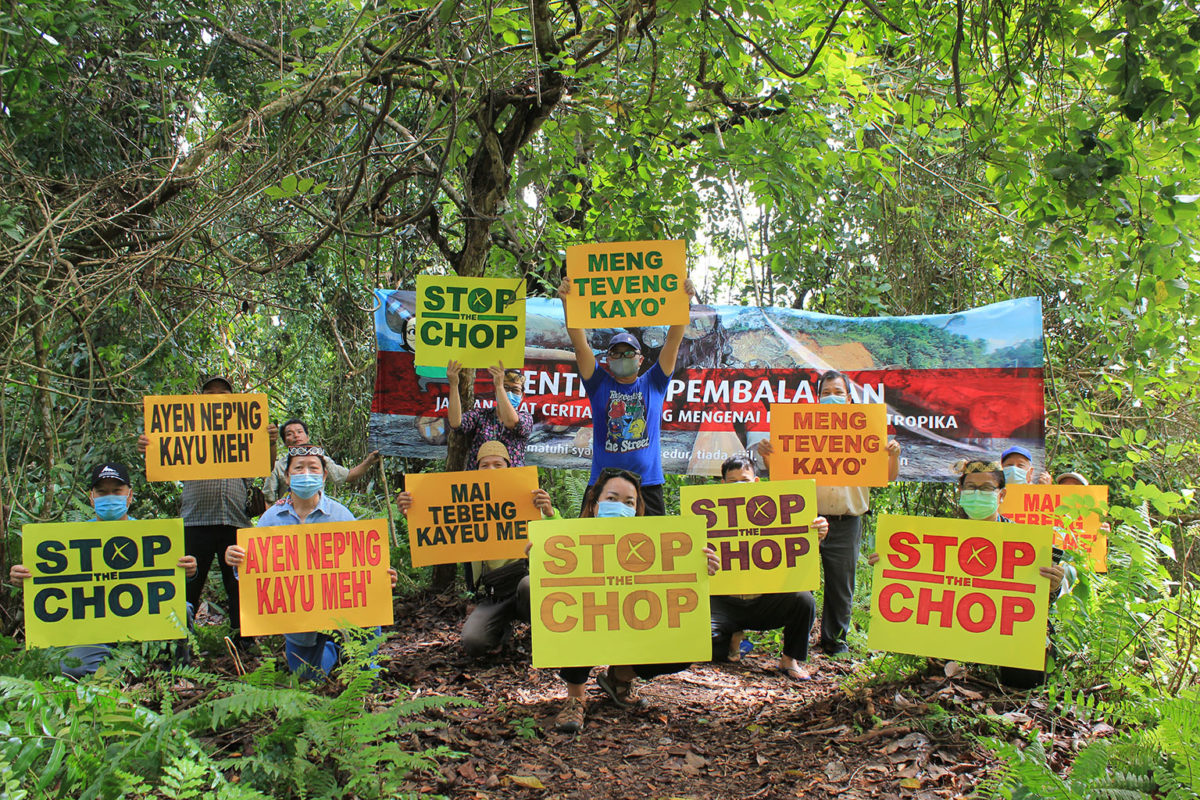The Malaysian state of Sarawak was until recently home to some of the last truly nomadic peoples of Borneo, who roamed its wild and rich rainforests as they had done since time immemorial.
Starting in the early 1980s, industrial logging companies moved deep into Sarawak’s hinterland, tearing down forests, forcing forest peoples from their traditional lands, and laying the groundwork for large-scale conversion of biodiverse ecosystems into monoculture plantations. Mines and large-scale dams proliferated across the landscape, affecting rivers and further displacing forest-dependent communities. This orgy of ecological devastation was coupled with astounding levels of corruption: campaigners allege that Abdul Taib bin Mahmud, the Chief Minister of Sarawak from 1981 to 2014, amassed billions of dollars in wealth during his reign, despite earning a modest civil servant salary.

Sarawak’s Indigenous peoples put up resistance against these state-backed incursions into their traditional territories, blockading logging roads, protesting in Malaysian cities, establishing NGOs, filing legal challenges, and forming alliances with local and international groups like the Bruno Manser Fund and The Borneo Project. They were met with intimidation and violence, ongoing destruction of their forest home, and criminalization of their activities.

Indigenous peoples in Sarawak continue to face these challenges, including a current battle against Malaysian forestry giant Samling, which recently threatened legal against Penan and Kenyah communities for alleging that the logging company “has encroached on community land, has withheld key documents about the certification process, and failed to obtain free, prior and informed consent of affected communities during the certification process,” according to a recent Mongabay story.
One of the NGOs leading the campaign against Samling is NGO SAVE Rivers, a group led by Kenyah community member Peter Kallang. SAVE Rivers made a name for itself in the early 2010s when it spearheaded a campaign to defend Indigenous lands from the Baram dam, which would have flooded at least 389 square kilometers (150 square miles) and displaced 20,000 people, most of whom were from Indigenous Kenyah, Kayan, and Penan communities.
The Baram dam was a centerpiece of the Sarawak Corridor of Renewable Energy (SCORE) initiative, which included several megadams that would have flooded still more rainforest and Indigenous communities. In 2016, Sarawak Chief Minister Tan Sri Adenan Satem abandoned Baram and signalled that the government would abandon plans to build other major dam projects in the state. The cancellation ushered in a shift in mindset around energy production in Sarawak and beyond, opening up a space for discussions around small-scale micro hydro and solar power generation.

Kallang says that the successful Baram campaign demonstrated what could be achieved via Indigenous community-led campaigns.
“One of the most important elements was raising awareness in the affected communities who love their land, rivers and villages,” Kallang told Mongabay during a recent interview. “Organizing the grassroots resistance was key. Their unwavering opposition to the project and support for the campaign made it a real challenge for the owner and proponents of the dam. The villagers were the ones who were building and manning the blockades and monitoring the different sites in the vicinity, ensuring there was no intrusion by outsiders.”
“Support for the affected communities by national and international individuals, organizations, foundations and authorities including professionals like lawyers and academics contributed significantly in strengthening the opposition to the dam. Community resistance was backed up by data demonstrating how harmful and unnecessary the dam would be, so we had the human rights, environmental and economic arguments all stacked on our side. It was clear the dam was designed to benefit the few at the expense of many.”

Kallang says that the Baram campaign holds lessons not just for extractive industries, but the conservation sector too.
“Listening to communities must go beyond ticking a few compliance boxes,” he said. “Bottom-up approaches where communities lead the charge are where we have seen the most success, like the Baram dam campaign or village scale micro-hydro and solar installation projects. Respecting traditional ecological knowledge and empowering communities to create their own projects based on their own needs garners the best results because you have real buy-in. These types of projects are far cheaper and more impactful, yet they receive little of the available funding.”
Kallang spoke about his background, Indigenous-led advocacy, the need for the conservation sector to put community rights at the center of their efforts to protect nature and natural resources, the challenges COVID-19 has presented to Indigenous communities in Borneo, and more during a June 2021 interview with Mongabay.

